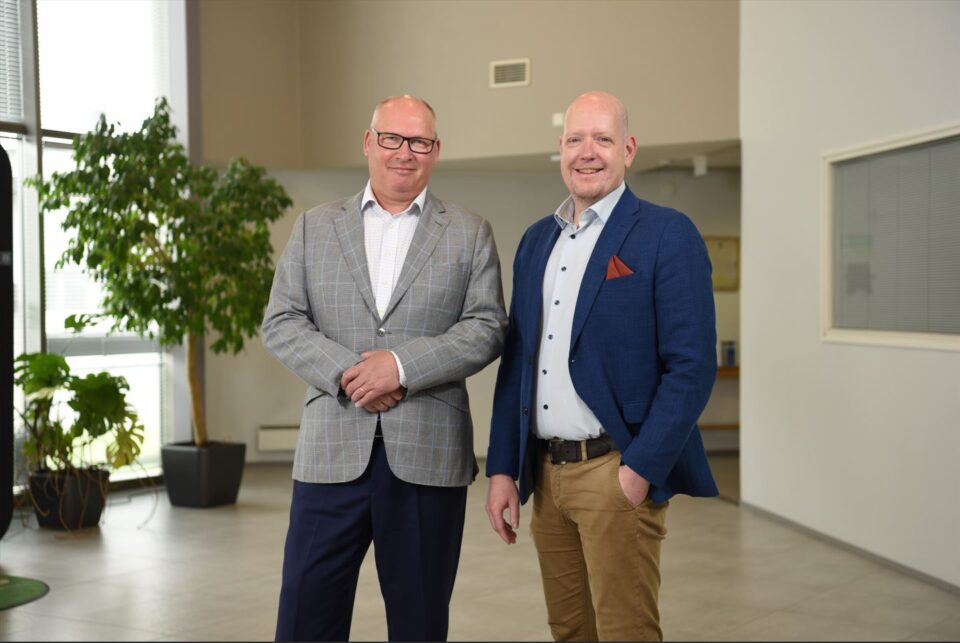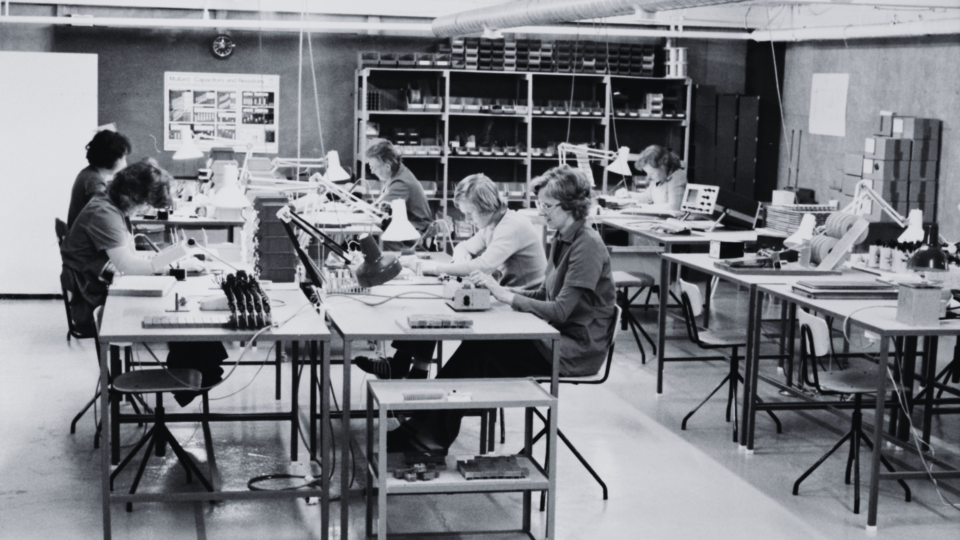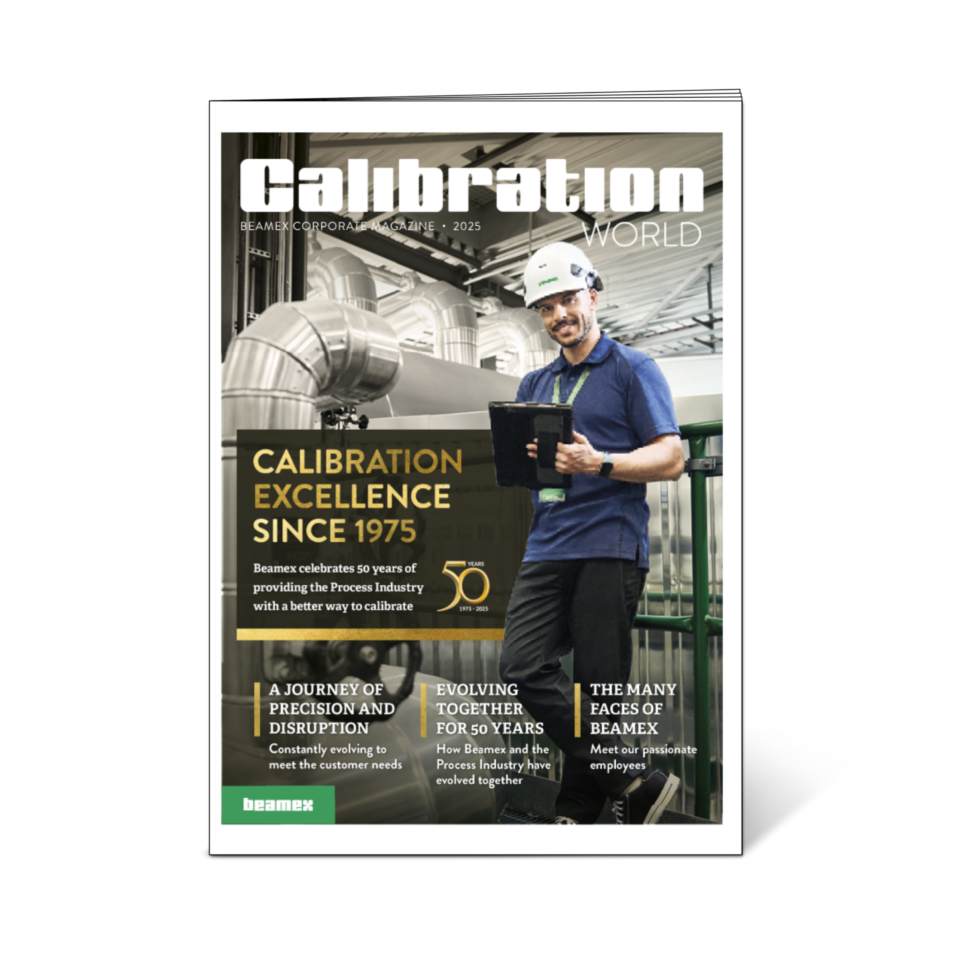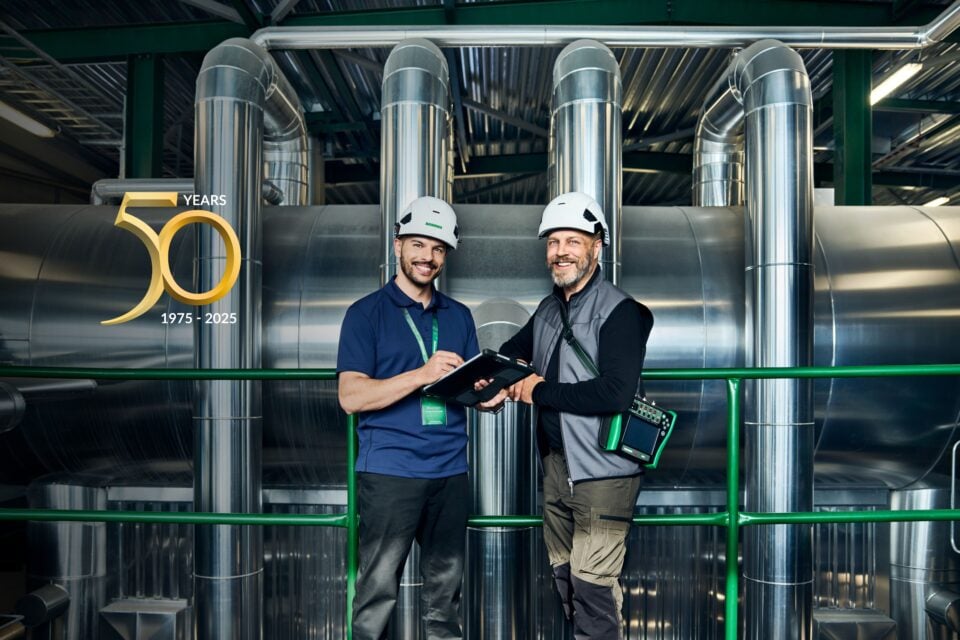
Best practices for implementing IT-OT convergence in critical industries
Sami Koskinen, Director of Digital Transformation, Beamex
As someone deeply involved in the process industries, I’ve seen firsthand how aligning IT, OT, and even Quality Assurance (QA) can open up tremendous opportunities for organisations to modernise. However, this integration also introduces risks that must be carefully managed to ensure long-term success.
In critical sectors like manufacturing and pharmaceuticals, IT-OT convergence has become a key priority. These industries are realising that integrating Information Technology (IT) with Operational Technology (OT) is not just about connecting systems but also about aligning people, processes and technologies to drive meaningful change.
The challenges for critical industries
Critical industries often operate on the principle of “if it’s not broken, don’t fix it.” This mindset stems from a reliance on legacy systems designed for stability and compliance. While these systems have served their purpose, they are increasingly difficult to maintain and integrate with modern digital tools. The risk of failure or downtime is growing, and companies face significant security consequences if they are unable to meet modern demands.
As systems become interconnected, the potential for cyber threats expands. This is especially concerning in critical industries, where a single breach could compromise safety or cause regulatory violations. Beamex understands that robust security measures are non-negotiable, which is why we prioritise secure communication protocols, implement specialised firewalls, and work closely with vendors to proactively identify and mitigate risks at the earliest stages of the process.
Another challenge is the divide between IT, OT and QA teams. Each function operates with its own priorities, which can create silos and hinder progress. For instance, IT focuses on data management and infrastructure, OT is concerned with operational efficiency and safety, and QA ensures compliance and product quality. Aligning these teams is essential but requires deliberate effort.
Too often, QA is introduced after key decisions have been made, which can lead to inefficiencies and setbacks. Including QA from the beginning ensures that compliance, quality and operational goals are aligned. It also strengthens communication and prevents conflicts later on.
How to approach IT-OT convergence
The most successful IT-OT convergence projects start with small, manageable pilot initiatives. At Beamex, we’ve found this approach invaluable. For example, during a recent pilot project in Austria, we implemented a phased solution that bridged legacy systems with new digital tools. Instead of overhauling everything at once, we introduced a middle layer that allowed the client to evaluate the technology’s benefits and scale implementation gradually. This ensured compliance and operational continuity while minimising risk.
Security was a key focus during this project. One of the strategies we adopted was the use of offline edge devices that could securely connect with IT systems. This approach reduced the risk of cyber threats while maintaining robust functionality. It’s an example of how small but strategic decisions can make a big difference in critical industries.
Equally important was the choice of technology, which plays a pivotal role in IT-OT convergence. Organisations need tools that not only bridge IT and OT systems but also offer future scalability. Beamex’s bMobile handheld calibration device, for example, was designed to seamlessly integrate with legacy systems while providing the digital connectivity required for modern IT environments.
Artificial intelligence (AI) and digitalisation are also offering exciting opportunities. AI can streamline processes and reduce manual errors, but human oversight remains crucial. Regulations often demand that humans play an active role in critical decision-making processes, especially in industries like pharmaceuticals, where compliance is tightly monitored. This balance between automation and human expertise is key.
From compliance to competitive advantage
Strong leadership is also critical to achieving convergence. Leaders who are willing to embrace change and invest in new technologies play a vital role. They must carefully weigh the risks of moving forward against the risks of staying still, which are often greater.
One bold leadership example that impresses me is the pharmaceutical industry, particularly Pfizer and Moderna. These companies took significant risks with mRNA COVID-19 vaccines, investing heavily in new technology and moving quickly through testing. Their approach highlights the importance of embracing innovation while maintaining rigorous safety standards, which is an essential mindset for industries navigating IT-OT convergence.
It’s important to remember that IT-OT convergence takes time and comes with its challenges. However, with a step-by-step approach, a strong focus on cybersecurity, and teamwork between IT, OT and QA, it can be a game-changer. At Beamex, we’ve learned that the key is balancing people, processes, and technology while keeping compliance and security front and centre. We’ve also seen how tools like guided procedures, e-learning and easy-to-use systems can make this process smoother.
For critical industries, IT-OT convergence goes beyond just complying with regulations; it offers an opportunity to gain a competitive edge. By connecting systems and encouraging collaboration, organisations can improve efficiency, make better decisions, and prepare for the future. It’s a challenging journey, but the benefits make it well worth the effort.
You might also find interesting

For a safer and less uncertain world
Welcome to our series of topical articles where we discuss the impact that accurate measurement and calibration has on the world and our everyday lives.






















